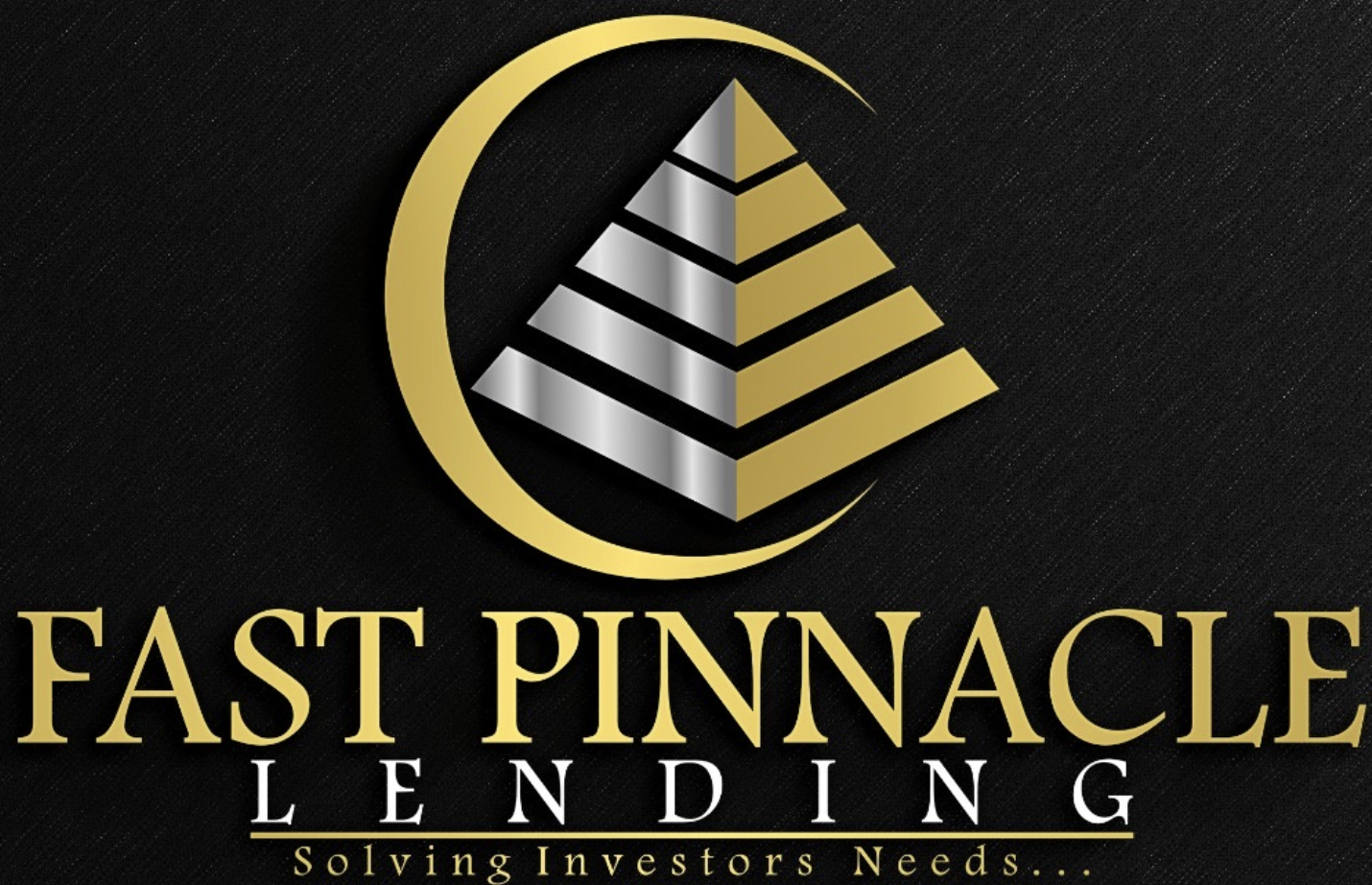When it comes to investing in condos as a rental property, many real estate investors…
Cash Flow Analysis for Rental Properties: Maximizing Your Returns

Are you a real estate investor considering a rental property investment? Conducting a financial analysis is essential for understanding the viability of your investment. It’s not just about the rental income; it’s about obtaining the complete financial picture. Let’s explore the key steps for performing a comprehensive cash flow analysis to help real estate investors make informed decisions.
What is Cash Flow Analysis in Rental Property Investment?
Cash flow analysis is a crucial financial tool for real estate investors. It involves calculating the net cash generated by a rental property, considering all income sources and expenses. This analysis provides a clear picture of whether the property will generate monthly profits or could be a financial burden. By mastering financial analysis, you can assess the true profitability of a rental property investment.
Essential Factors for Evaluating Rental Property Investments
Gross Rental Income Calculation
The first step in cash flow analysis is determining gross rental income—the total income from the property, primarily from rent payments. Real estate investors should research the local rental market to set realistic income expectations for their rental properties.
Breaking Down Operating Expenses
Operating expenses are the ongoing costs to manage and maintain the property. Real estate investors must thoroughly list all associated expenses, which may include:
-
- Loan Payments: If financing is involved, include the monthly payment in the cash flow calculation.
- Property Taxes and Insurance: Critical expenses that should not be overlooked.
- Maintenance and Repairs: Allocate a portion of rental income for ongoing maintenance and potential repairs.
- Property Management Fees: If you hire a management company, include their fees.
- Vacancy Costs: Account for potential vacancies when the rental property is unoccupied.
- Utilities: If utilities are not covered by tenants, these costs should be factored in.
Capital Expenditures (CapEx)
Capital expenditures are significant but less frequent expenses, such as replacing a roof or HVAC system. These should be estimated and included to ensure an accurate cash flow analysis. For more details, you can read about Capital Expenditures on Investopedia.
Essential Financial Metrics for Investors
Net Operating Income (NOI)
Subtract total operating expenses from gross rental income to calculate the Net Operating Income (NOI). This figure provides an overview of the property’s profitability before accounting for debt service.
Cash Flow
Net income is the NOI minus debt service (e.g., financing payments). Positive returns indicate that the rental income exceeds the costs, suggesting a potentially profitable rental property investment. Negative cash flow suggests the investment might not be financially viable.
Cash on Cash Return
Real estate investors can assess the cash on cash return by dividing the annual pre-tax cash flow by the total cash invested. This measure helps evaluate the return on the actual cash investment, providing a clearer picture of the rental property’s financial performance.
Regular Review of Cash Flow Analysis for Real Estate Investors
A rental property’s financial performance should be reviewed and adjusted regularly to account for changes in expenses, rental income, or market conditions. This proactive approach ensures the analysis remains relevant, helping real estate investors make data-driven decisions. For personalized guidance, feel free to contact us for assistance in refining your cash flow analysis.
Why Cash Flow Analysis is Vital for Real Estate Investment Success
Conducting a financial analysis helps real estate investors understand the health of their investment. Understanding the cash flow of a rental property allows for better planning and risk assessment, guiding decisions related to financing options such as DSCR loans or other investment property lenders.
Case Study: Jasmine’s Rental Property Cash Flow Analysis
Jasmine, an active real estate investor in Colorado, uses the BRRRR (Buy, Rehab, Rent, Refinance, Repeat) strategy to grow her rental portfolio in Denver. After refinancing with a DSCR Rental Loan, she was able to achieve impressive cash flow and cash on cash returns for her property.
BRRRR Financial Breakdown:
- Purchase Price: $250,000
- Rehab Costs: $50,000
- After-Repair Value (ARV): $350,000
- Refinance Amount (75% of ARV): $262,500
- Interest Rate: 7.75%
- Loan Term: 30 years
- Estimated Monthly Rent Post-Rehab: $3,200
- Annual Gross Rental Income: $38,400
Operating Expenses:
- Maintenance: $2,800 annually
- Property Taxes: $3,000 annually
- Insurance: $1,300 annually
- Vacancy Costs (5% of Rent): $1,920
- Total Annual Operating Expenses: $8,020
Net Operating Income (NOI): $30,380
Annual Debt Payments: $22,440
Annual Cash Flow: $7,940
Cash on Cash Return: 21.17%
Jasmine’s strategic use of the BRRRR method, combined with refinancing through a trusted real estate investment lender, highlights the potential for significant profitability.
Leveraging Cash Flow Analysis for Successful Real Estate Investments
Real estate investors can boost their chances of success by using financial analysis to make data-driven decisions. The process offers insights into the financial health of rental property investments and provides a solid foundation for aligning with long-term financial objectives.
Final Thoughts on Cash Flow Analysis for Rental Property Investors
Thorough financial evaluation is an indispensable step for assessing rental properties. Real estate investors who apply these principles can maximize their returns and minimize risks, ultimately enhancing the profitability of their real estate portfolios.
Thinking of expanding your rental property investment portfolio? Fast Pinnacle Lending’s expert resources can help you on your journey. We offer insights and tools to refine your real estate investment strategies.




